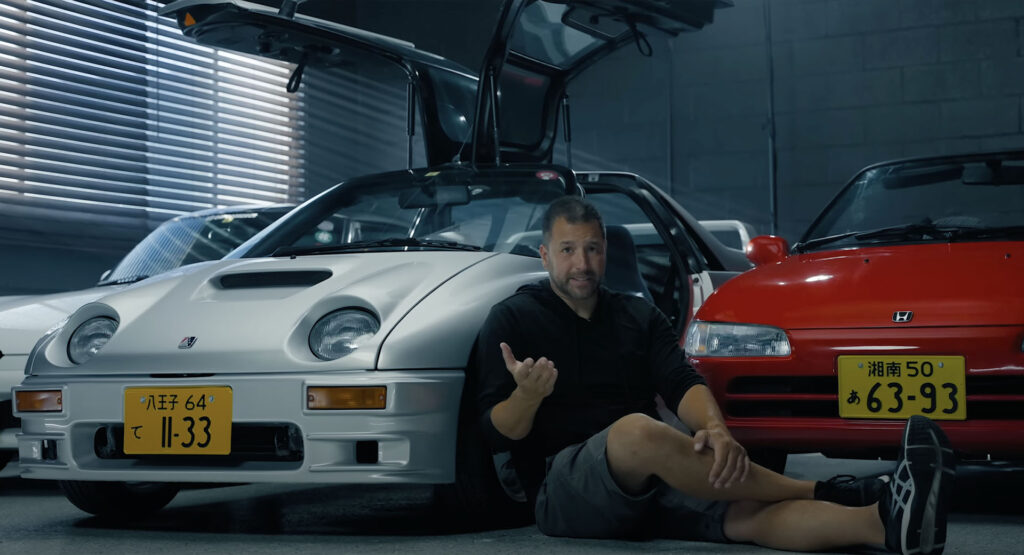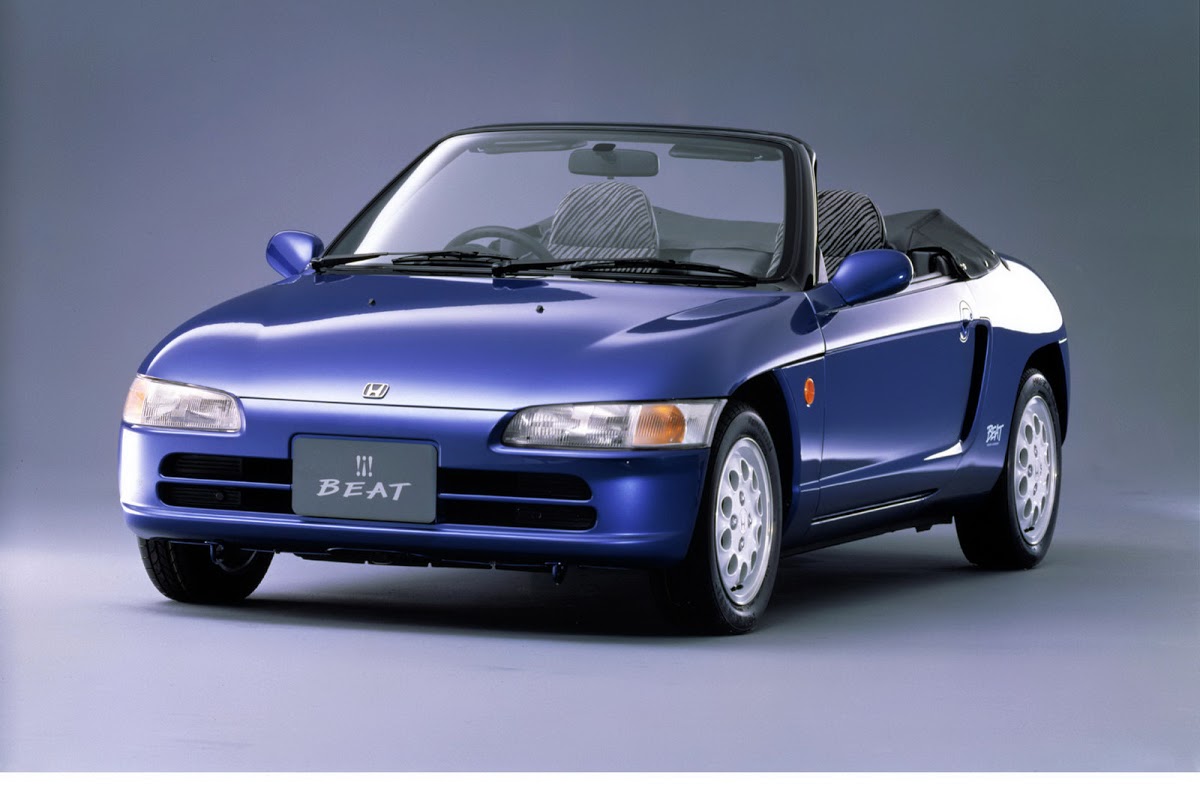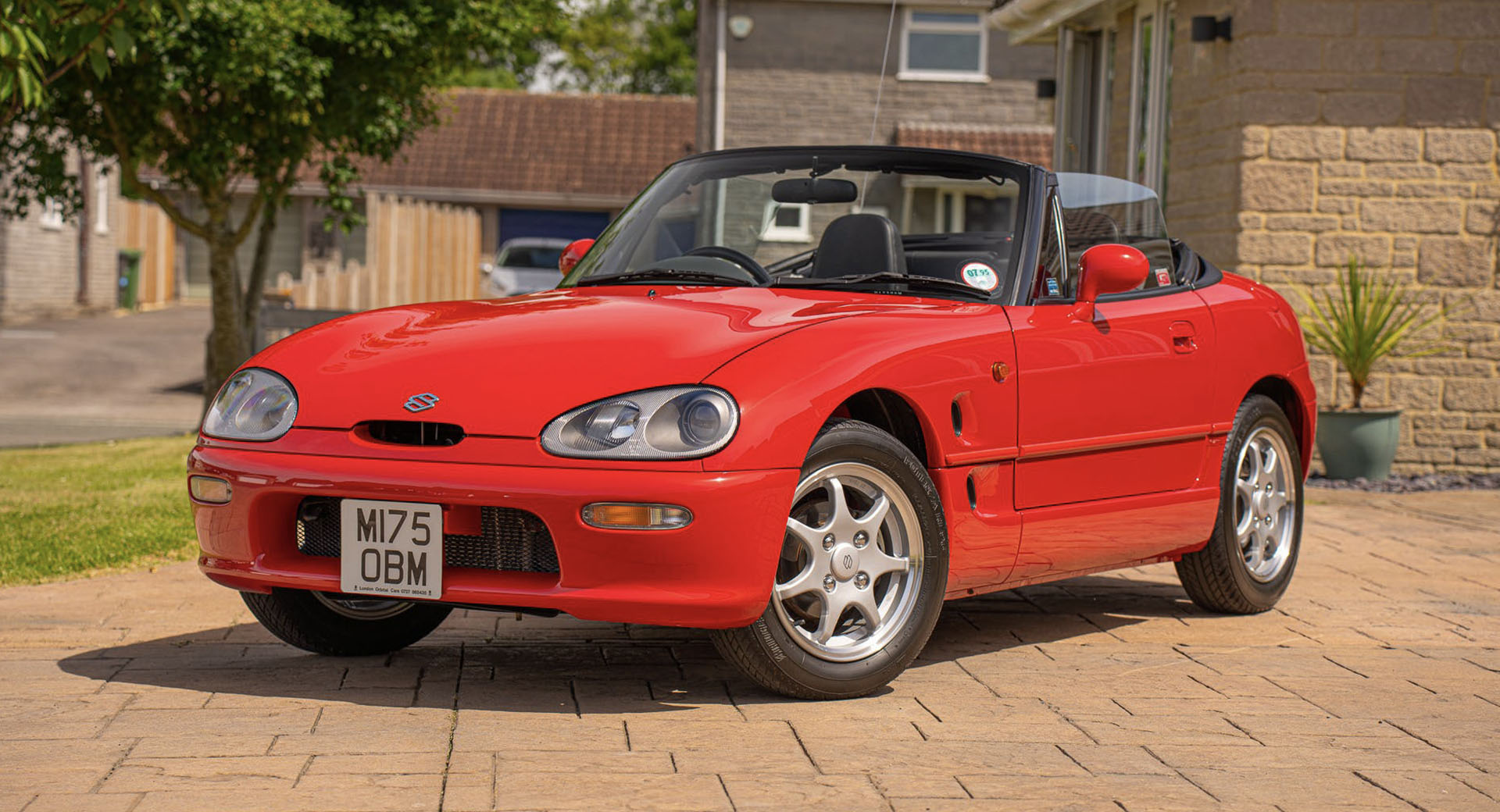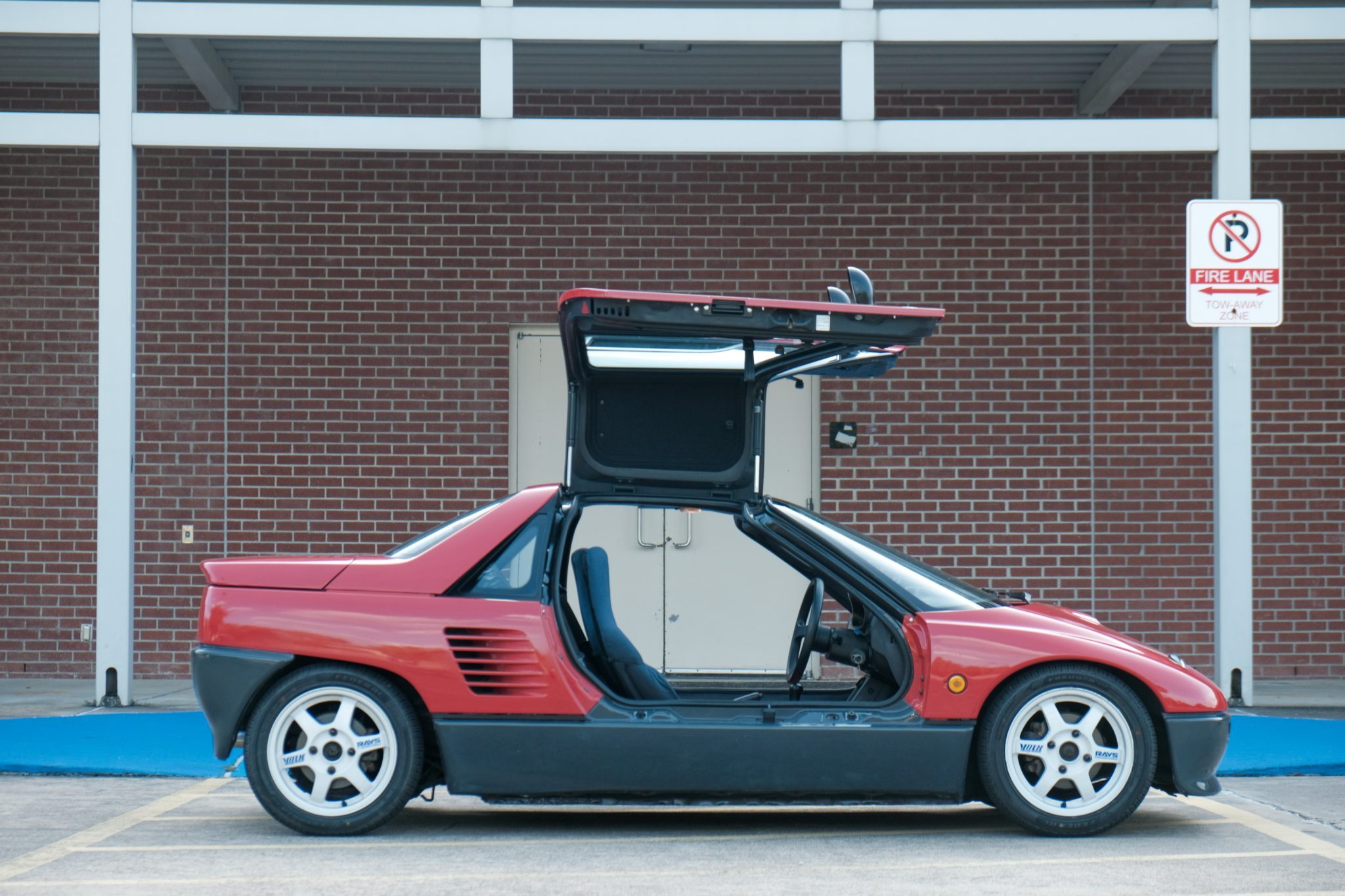Kei cars are a particularly Japanese phenomenon; they just fit perfectly into the automotive landscape over there. And they have evolved that way primarily due to a set of government regulations, if you can believe that. According to Hagerty’s Jason Cammisa, this is kind of like how SUVs have become the default vehicle choice in the USA, which also happened mostly because of government regulations that favored them over passenger cars. Of course, unlike oversized, thirsty SUVs, Kei cars are all about efficiency, a small footprint, and low running costs.
But that doesn’t mean they can’t be fun, which is clearly illustrated by the so-called “A-B-C” Kei cars – the Autozam AZ-1, Honda Beat, and Suzuki Cappuccino, the most memorable Kei cars ever made. These three pint-sized wonders are remarkable as much for their sheer existence as they are for their abilities.
As Cammisa tells us, Japan’s Kei Jidosha (Light Car) regulations were first created in 1949 to help Japan’s population, still recovering from the ravages of World War II, become mobile. Initially limited to an engine capacity of just 150cc, buyers and manufacturers just didn’t seem interested until the regulations were tweaked, and it was only in 1955 when Subaru introduced their 360 (to fit the newly raised engine capacity limits of 360cc) that a Kei car finally achieved sales success. From there, the class just exploded in popularity, and by the 70s, Keis were available from almost all manufacturers, in a variety of body styles.
See Also: Daihatsu Is Worried That Cheap Chinese Cars Will Threaten The Kei Car Segment
However, it took until the Japanese economic boom in the 1980s for the idea of a Kei sports car to take hold, but when it did, the results certainly were quite something. By the late 80s, four valves per cylinder, turbos, and all kinds of cutting edge tech had made it into the Kei class, and when in 1990 the engine capacity limit was again raised from 550cc to 660cc, the really serious Kei sports cars finally broke cover.
The first to market in early 1991 was Honda’s Beat. The very last car signed off by company founder Soichiro Honda, the Beat was a demonstration of just how much Honda could push the boundaries of what was possible, being a completely bespoke mid-engined, two-seater convertible with a 656cc naturally aspirated three-cylinder engine. That engine was fitted with a system Honda dubbed MTREC (Multi Throttle Responsive Engine Control), which meant individual throttle bodies for each cylinder that allowed the three pot to churn out 64 horsepower, and be the only Kei engine to hit that number without forced induction.
With a torque peak of 7000 rpm and a power peak of 8100 rpm, driving the Beat well requires really thrashing it, which is not a chore thanks to the quick-shifting gearbox and the lovely snarly sound made by the motor. Also, thanks to Honda’s clever engineering, the Beat isn’t actually cramped and can fit even larger drivers comfortably.
The Suzuki Cappuccino takes a different approach to providing driving thrills, being a more traditional front-engine, rear-wheel drive roadster, kind of like a Mazda Miata that has been shrunk to two-thirds scale. It also has a three-cylinder motor (two different engines over the model run, actually), but Suzuki gave it a turbo, so it has up to twice as much torque as the Beat, but somehow supposedly puts out only 64 horsepower (wink, wink).
The driving experience is very much a traditional sports car one, but in miniature, according to Cammisa. The tiny Suzuki also has a unique roof setup, so it can be a hardtop coupe, a Targa top, or a full convertible, depending on what the driver feels like at the time. Thanks to this and a usable boot, the Suzuki is definitely the most practical of the trio.
At the other end of that scale is the Autozam AZ-1. Made by Mazda’s specialty Autozam division, the design for this tiny wedge was actually done by Suzuki and predates the other two. However, Suzuki gave up on this concept and switched gears, so Mazda saw an opportunity and took it over. Unfortunately, they launched it in 1992, just as Japan was going into recession.
Related: The Subaru 360 Is One Of The Cutest Cars In America
The downturn in the economy, coupled with the fact that it was a much more compromised design than the other two with almost no storage space, a cramped cabin, and unpredictable handling, meant the Autozam bombed in the market, selling under 5000 examples, or less than a quarter of the others’ sales. Still, its sheer quirkiness makes it worthy of love.
By the late 90s, the ABC Kei sports cars were gone, and the sector was taken over by rolling boxes that were all about maximizing space. Post-recession Japan saw Kei cars going from strength to strength and they eventually accounted for almost 40 percent of the car market, but declined from 2014 onwards because authorities changed the tax structure. Still, it doesn’t seem like they are going away any time soon, and cars like the Honda S660 have even brought fun back again, which we have no complaints about!







